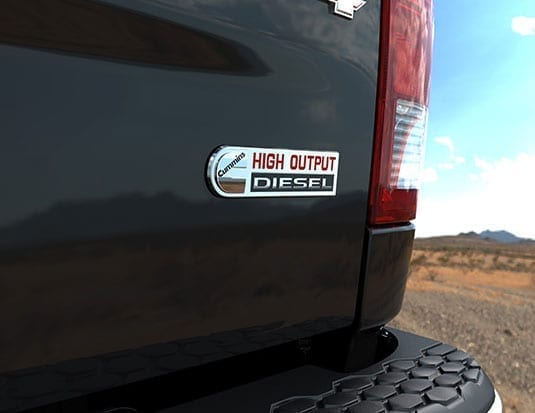The pros and cons of all that extra power.
The allure of turbochargers is that they can boost horsepower without a significant increase in weight. They do this by using otherwise-wasted engine exhaust to spin a turbine connected to a compressor that forces more air into the cylinder, which in turn allows for more fuel in the air/fuel mixture.
According to Honeywell, turbo charging and engine downsizing can boost your fuel efficiency by up to 40 percent in diesel engines and up to 20 percent in gasoline engines.
It sounds ideal, but as with all things, there is both an upside and a downside to turbocharging, and even the most enjoyable upside—faster, more powerful vehicles— can be double-edged for fleet managers. How do you keep your drivers from burning up too much of your fuel savings by enjoying that extra acceleration a little too much? Driver behaviour alone can affect fuel economy up to 30 to 35 percent.
Spirited driving
If you’re using telematics to collect driver behaviour data, you can address individuals who display a little too much enthusiasm directly, but putting the right policies in place, training workers and encouraging engagement remain among the best tools you have. Your acceptable driving practices should be well communicated, along with performance expectations. Immediate action, even if it’s to require additional training, is important for compliance. Current drivers as well as new hires should receive regular training and reminders about what’s acceptable.
Turbocharged vehicles are more prevalent than ever, but you may still find your model choices limited; in North America, turbocharged engines power only about a quarter of the market. Claims of fuel economy improvement are to be taken with a grain of salt, too. In 2013, Consumer Reports tested 11 vehicles with turbocharged engines and found that the vehicles on the whole consumed more fuel than their non-turbocharged iterations. That said, real-world results rarely match what can be achieved in a lab.
Another upside of turbocharged engines is that they reduce emissions by between two and six percent, according to Natural Resources Canada. The reduction in emissions results in fuel savings of its own, estimated at anywhere from $260 to $1,828 for light vehicles, says NRCan.
Maintenance questions
Another consideration is the cost of repairs and maintenance. Turbochargers are positioned inside the exhaust system, and the intense heat wears on engine oil, which means more oil changes. Clean air filters are a must-have to keep debris out of the turbochargers, and fuel filters need changing every 16,000 km or so, where a fuel filter in a vehicle that’s naturally aspirated can generally go twice that long.
Transmission fluid and spark plugs are also affected, and a turbo’s high-pressure hose couplers need regular checks for pressure leaks, which can set off a chain reaction of problems. Thus warned, be aware that a lot of the problems all that high-speed spinning once caused have been successfully addressed by manufacturers over the last few years.
With increasing legislative pressure on automakers to downsize their engines while consumers push for more power, turbochargers aren’t going anywhere. Whether they fit into your fleet or not will mean really doing your research.



